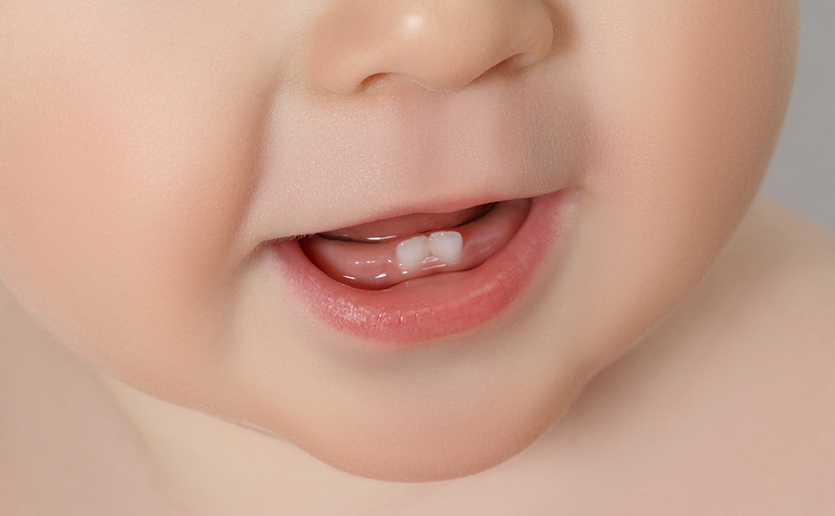BOSTON – A team of researchers is among the first to ask if baby teeth can be used to explore if there are certain ages when being exposed to childhood adversity is even more harmful. The novel approach is outlined in a paper in Biological Psychiatry by investigators at Massachusetts General Hospital, the Forsyth Institute and the University of California San Francisco. The publication describes how teeth could serve as an actionable new tool capable of measuring the presence and timing of childhood adversity, a major risk factor for psychiatric and physical health concerns in the future.
“Every tooth can tell its own story about a period in early development, even before birth.”
Teeth develop in layers, leaving behind growth marks – similar to rings in a tree marking its age and environment. Researchers hypothesize that the characteristics of each layer or growth mark in a tooth might be able to similarly tell a unique story about a child’s experiences with stress throughout their development.
Baby Teeth and Stressors
The concept outlined in the paper suggests teeth may record instances of early life adversity – including poverty, abuse, having a parent with mental illness or experiencing a natural disaster. Childhood adversity, which impacts nearly half of all children in the United States, is a known risk factor for future psychiatric disorders – such as depression and anxiety – as well as physical health outcomes, including cardiovascular disease. While early interventions for children exposed to trauma is an ongoing and urgent need, there remains a lack of objective tools to reliably and validly measure exactly if and when children are exposed and possibly most susceptible to adversity.

“Every tooth can tell its own story about a period in early development, even before birth,” says Erin Dunn, ScD, MPH, Center for Genomic Medicine and Department of Psychiatry at Mass General, senior author of the paper. “We believe teeth might capture the psychological and social stressors people experience early in life, which can then help to guide prevention efforts.”
The paper outlines low and high-resolution tactics to study the ways stressors from baby teeth can be measured, including the characteristics of tooth growth marks, thickness of enamel, and the presence of pits, lines and grooves in the tooth.
A Fossil in Your Mouth
“Tooth enamel is basically a fossil in your mouth. What’s recorded in teeth is a history of what your body and cells experienced during the time period when your teeth were forming,” says Felicitas Bidlack, PhD, associate member of the staff at the Forsyth Institute and co-author of the paper. “No one else in the world has your teeth or your tooth history recorded. Teeth are like your personal passport, which makes them an ideal biomarker.”

Continues Dr. Dunn, “Teeth are lost or naturally shed many years before the start of puberty, when depressive symptoms often first emerge. Thus, it might be possible that one day pediatricians and dentists could collect children’s shed teeth, send these teeth to specialized labs for analysis, and use the results alongside information about family history and other factors to determine if a child might be at risk of developing a mental health problem in the future.”
The researchers are testing these ideas in several current research studies, including one that is looking to recruit mothers who delivered a baby some time on or between April 1, 2012 and Nov. 4, 2013, for a study called, “Stories Teeth Record of Newborn Growth” (STRONG). To learn more about this work, visit: www.teethforscience.com.
To learn more about how you can support the Mass General Department of Psychiatry, please contact us.






